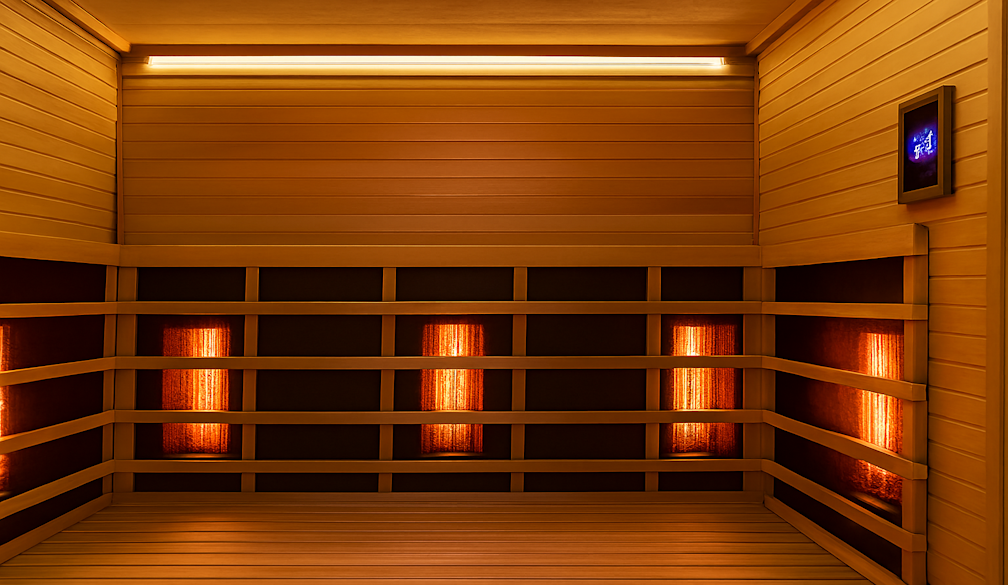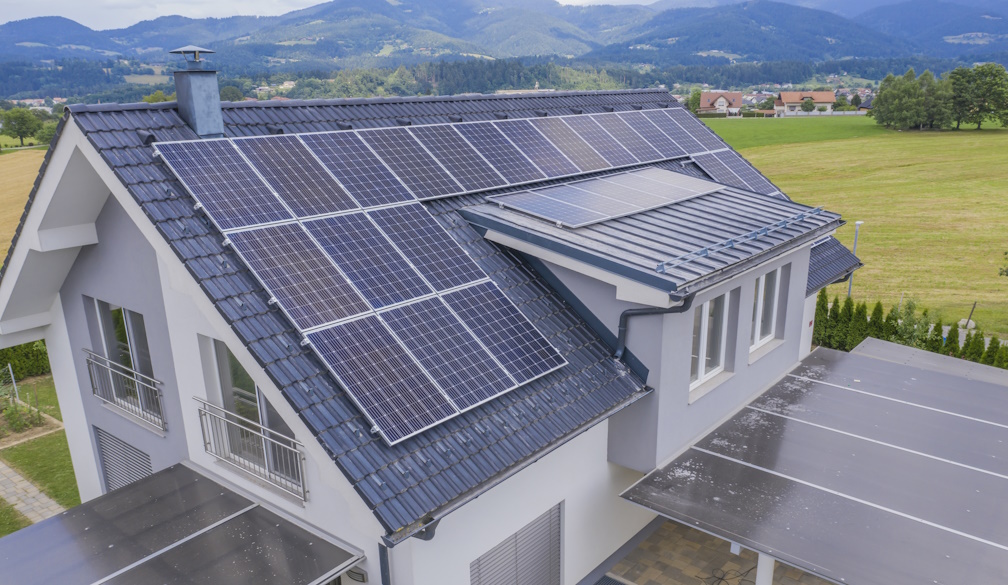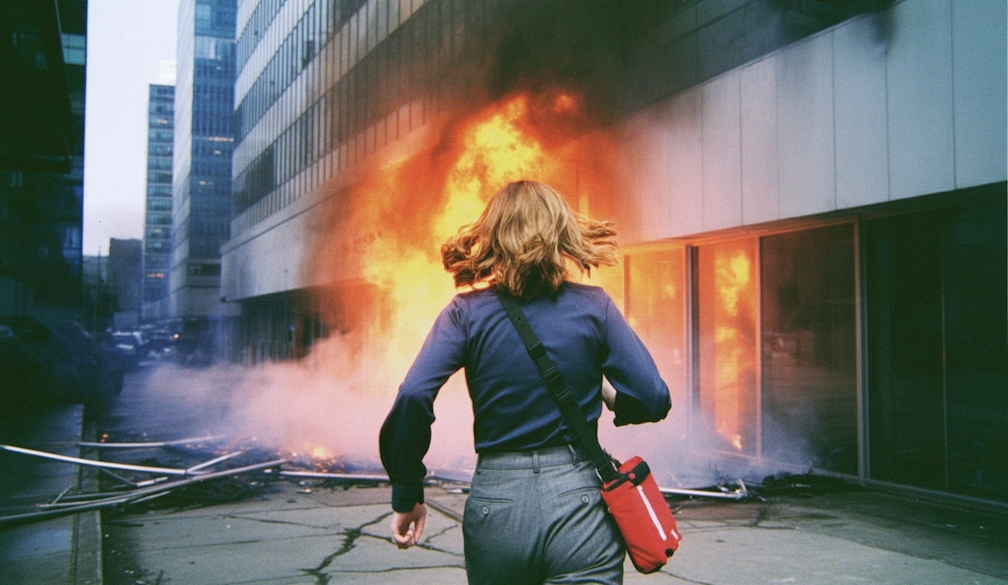Protests against strict COVID-zero policy are sweeping China. It's anyone's guess what happens now
- Written by David S G Goodman, Director, China Studies Centre, Professor of Chinese Politics, University of Sydney
Public protests in China related to the government’s COVID-19 restrictions have hit the news worldwide over the weekend, following a fatal apartment fire in Urumqi, Xinjiang last week which killed ten people.
Many internet users claimed some residents could not escape because the apartment building was partially locked down, though authorities denied this.
There have been reports some demonstrators have called for President Xi Jinping, the newly re-elected General Secretary of the Communist Party of China, to stand down. Others have criticised the rule of the party itself.
China’s COVID measures are among the strictest in the world, as it continues to pursue lockdowns to suppress the virus – what it calls a “dynamic zero COVID” policy.
While these protests are certainly serious challenges to authority, they should be kept in perspective. In particular, there’s no real parallel to those in Tiananmen Square in 1989. These are street protests where the demonstrators disperse after marching and protesting, and the main focus of the protests are the COVID restrictions rather than wider political principles.
The main issue here is frustration not just with COVID restrictions, but the inconsistent ways these measures are being implemented.
At least in the short-term, the state’s reactions are likely to be muted. There’s undoubtedly pressure for change, though how this will be achieved is hard to predict.
A more national response
Protests in China have actually become quite common in the last couple of decades, though they almost always centre around a specific issue and are highly localised.
Workers in a factory may protest over lack of payment or deteriorating conditions. Villagers forced to resettle so that their land can be redeveloped attempt resistance, sometimes even to the extent of refusing to be moved away. Residents in new housing estates become mobilised to complain about the lack of promised roads, retail outlets and services.
These kinds of protest are usually resolved reasonably and quickly not least by state officials intervening to ensure solutions in the name of maintaining stability.
Less capable of such instant solution are protests about more general principles, such as freedom of expression, legal representation, or governmental responsibilities. In such cases, government responses have tended to suppress the concerns.
But such protests have almost always been localised and not led to any sense of a regional or national movement. This has even been true of industrial disputes where workers have protested in one or more factories under a single brand or owner.
There’s no evidence at this stage that this is an organised national movement. But it seems protesters in each city have been emboldened by the actions of demonstrators in others.
Reading China’s social media it’s clear, for example, that demonstrators in Beijing and Shanghai report on each others’ protests, as well as commenting on the initial protest causes in Urumqi.
To date, police reactions have varied between locations. Some police were said to have been allowing demonstrations to continue.
But in other places, minor scuffles have been reported, including some arrests.
Off the streets and away from the demonstrators, asymptomatic residents of apartment blocks in lockdown have occasionally continued to protest.
Student demands
Some 40 students at China’s leading Peking University issued a declaration on Sunday that criticised “the implementation of the dynamic zero policy”. They said the COVID-zero policies had an increasing number of problems and have led to “horrible tragedies”, though they also acknowledged the importance and effectiveness of the safety measures implemented earlier in the pandemic.
They also said “The most urgent task now is to find a temporary way of coexistence that minimises the danger of the epidemic while ensuring basic social order and basic economic and livelihood needs”.
To this end, they propose five key measures:
“To avoid the abuse of public power, all regional quarantine blockades should be stopped to ensure that all people in communities, villages, units and schools can enter and leave freely”
“Abolish technical means to monitor the whereabouts of citizens, such as pass codes and [health code] cell phone tracking app. Stop considering the spread of the epidemic as the responsibility of certain individuals or institutions. Devote resources to long-term work such as vaccine, drug development and hospital construction”
“Implement voluntary [PCR] testing and voluntary quarantine for undiagnosed and asymptomatic individuals”
“Liberalize restrictions on the expression of public opinion and allow suggestions and criticism of specific implementation problems in different regions”
“Make truthful disclosures of infection data, including the number of infected people, the death rate, long [COVID] rate, to eliminate epidemic panic during the transition”.
Read more: Xi cements his power at Chinese Communist Party congress – but he is still exposed on the economy
The key issues are how to move from the current “dynamic zero COVID” policy towards something else, and indeed what that should be, given the inadequate health coverage in much of the country.
Authors: David S G Goodman, Director, China Studies Centre, Professor of Chinese Politics, University of Sydney



















